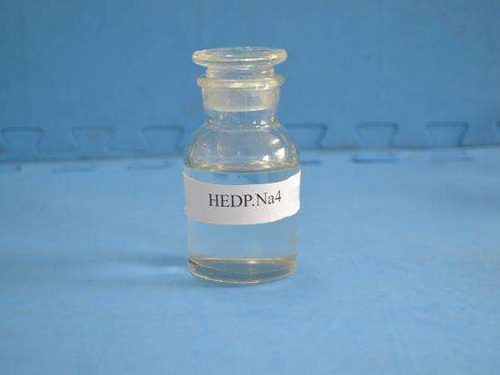Exploring the Properties and Applications of Amino Tri Methylene Phosphonic Acid in Modern Chemistry
Amino Tri Methylene Phosphonic Acid Applications and Implications
Amino tri methylene phosphonic acid, often abbreviated as ATMP, is a versatile and significant chemical compound belonging to the class of phosphonates. Its chemical structure incorporates three methylene groups and a phosphonic acid moiety, making it an essential agent in various industrial applications. This article explores the properties of ATMP, its synthesis, and its significant applications across different sectors.
Chemical Structure and Properties
ATMP is characterized by its unique molecular structure which includes three methylene units (–CH2–) connecting the amino group (–NH2) to the phosphonic acid (–PO3H2) group. This structure contributes to its high stability and solubility in water, which are critical for its effectiveness in various applications. The presence of the amino group enhances its chelating properties, enabling ATMP to form stable complexes with metal ions. This feature is particularly valuable in applications involving water treatment and the prevention of scale formation.
Synthesis
The synthesis of amino tri methylene phosphonic acid typically involves the reaction of phosphorous acid with formaldehyde and ammonia. This process enables the creation of a product that retains the beneficial characteristics of phosphonates while also incorporating amino functionalities. The resulting compound can be further refined to meet specific industrial standards and regulatory requirements, ensuring its safety and efficacy in various applications.
Industrial Applications
1. Water Treatment One of the primary applications of ATMP is in water treatment processes. Due to its excellent scale-inhibition properties, it effectively prevents the formation of calcium and magnesium scales in cooling towers, boilers, and pipes. This aspect is crucial for maintaining the efficiency of water systems and extending the lifespan of equipment.
amino tri methylene phosphonic acid

2. Detergents and Cleaners ATMP is frequently used in detergents and cleaning products, serving as a scale inhibitor and enhancing the effectiveness of surfactants. Its ability to bind with metal ions also helps to prevent the interference of hardness in cleaning processes, leading to improved cleaning performance.
3. Oil and Gas Industry In the oil and gas sector, ATMP is utilized as a scale inhibitor during the extraction and processing of hydrocarbons. Its application helps mitigate scale buildup in production and processing equipment, thereby optimizing production efficiency and reducing maintenance costs.
4. Agriculture The compound has also found a place in agricultural applications, particularly as a chelating agent for micronutrients in fertilizers. By enhancing the availability of essential elements to plants, ATMP can improve crop yields and agricultural productivity.
5. Construction In the construction industry, ATMP is used as a corrosion inhibitor in concrete formulations, helping to protect reinforcing steel from corrosion, which is a significant durability concern in infrastructure projects.
Environmental Considerations
While amino tri methylene phosphonic acid has numerous beneficial applications, it is essential to consider its environmental impact. Regulatory bodies have established guidelines to ensure the safe use of phosphonates, including ATMP. Ongoing research aims to assess its biodegradability and potential effects on aquatic ecosystems. Manufacturers are increasingly exploring alternatives that offer similar benefits with less environmental impact.
Conclusion
Amino tri methylene phosphonic acid is a multifaceted compound with significant applications across various industries, from water treatment and agriculture to construction. Its unique chemical properties make it an invaluable tool, but careful consideration of its environmental implications is essential. As industries continue to evolve, the demand for safer, more sustainable chemical solutions will drive further research and development in the field of phosphonates, including ATMP.
-
Water Treatment with Flocculant Water TreatmentNewsJun.12,2025
-
Polymaleic AnhydrideNewsJun.12,2025
-
Polyaspartic AcidNewsJun.12,2025
-
Enhance Industrial Processes with IsothiazolinonesNewsJun.12,2025
-
Enhance Industrial Processes with PBTCA SolutionsNewsJun.12,2025
-
Dodecyldimethylbenzylammonium Chloride SolutionsNewsJun.12,2025





